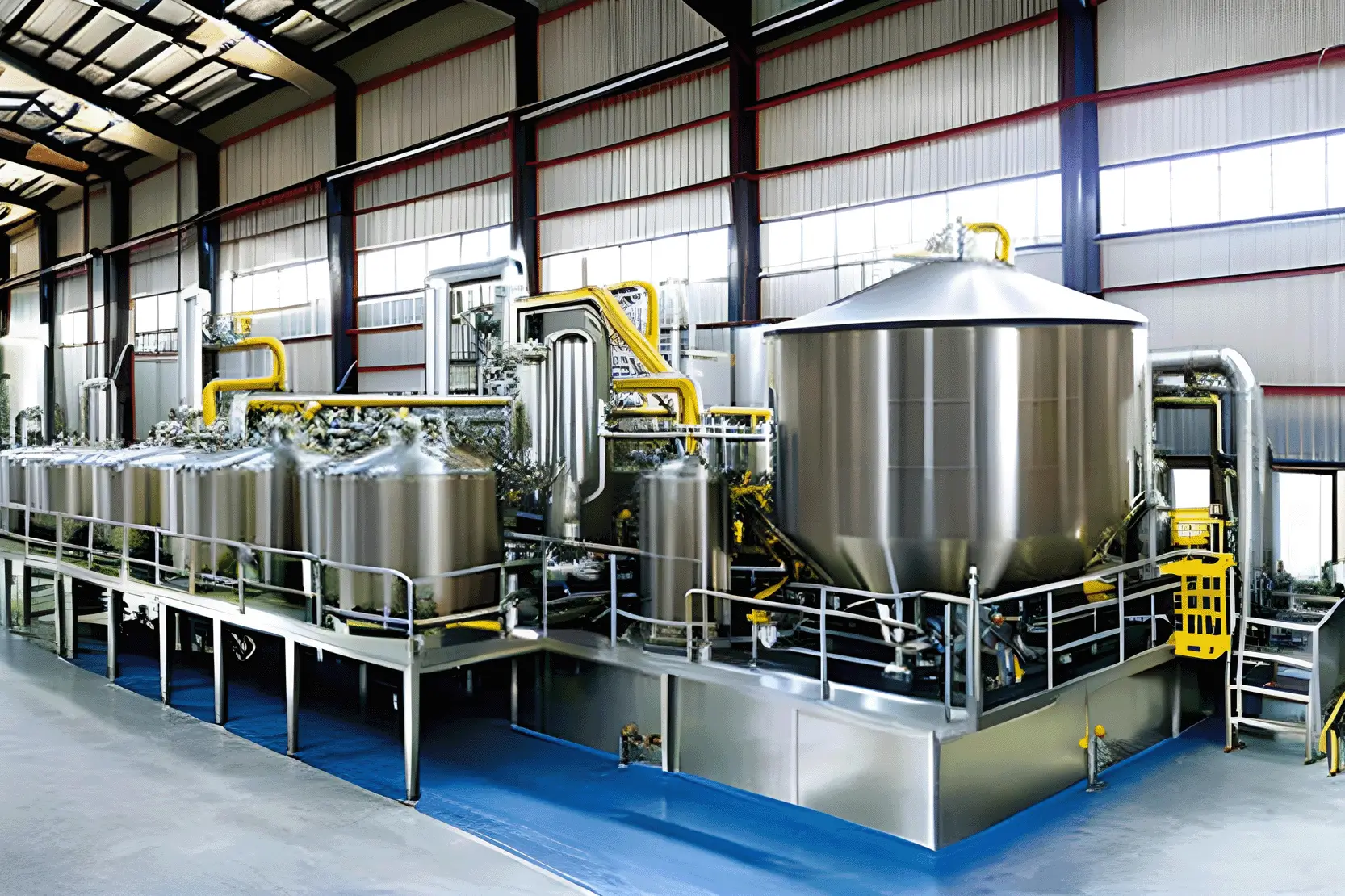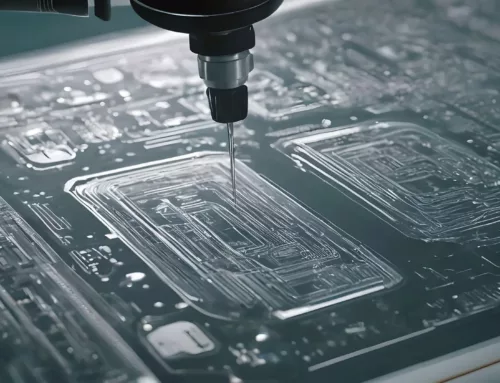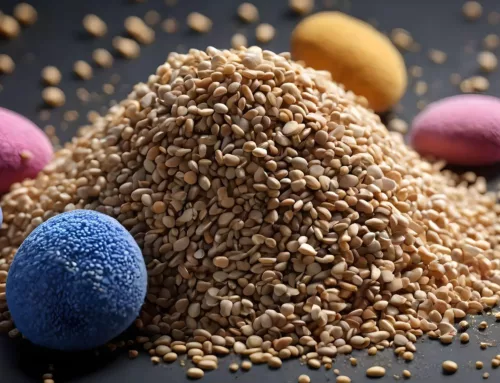
Powder Compaction is a process used to form powders into solid shapes, and it is an important step in many industrial processes. Understanding the factors that influence powder compaction can help improve product quality and consistency. Powder compaction is a process that involves large deformations, large strain, nonlinear material behavior, and friction. The primary goal of Powder Compaction is to increase the bulk density of powders and solids. In particular, small, fine particles are connected by compression to larger particles. The process involves compressing a powder into a die cavity using a press, which applies pressure to the powder to form it into a solid shape.
Compaction processes
The chemical processes involved in powder compaction depend on the materials being used. In the case of metal powders, the compaction process typically involves applying high pressures to the powder in a die to increase its bulk density. This is done to form the powder into a desired shape before sintering, a process that bonds the metal particles together to create a solid product. The composition of the powder can significantly impact the compaction process and the properties of the final product.
The Powder Compaction process can also involve the removal of high air fractions from the bulk materials to generate lower volumes at the end. Additionally, the compaction process may be followed by a crushing or milling process to achieve a certain particle size distribution. The density of the compacted powder increases with the amount of pressure applied, typically ranging from 80 psi to 1000 psi (0.5 MPa to 7 MPa).
Isostatic powder compacting is another method where high fluid pressure is applied to a flexible mold containing fine metal particles, followed by sintering to bond the metal particles and create the final product.
Particle Size Distribution
Concerning Powder Compaction, a granular understanding of particle size distribution can be seen as a crucial facet, inevitably shaping the outcome of the compaction process. This aspect explores how particle dimensions influence the dynamics of compaction. A powder with a wide size distribution introduces complexities into the compaction endeavor. The inclusion of smaller particles within the powder mix poses a challenge, as these minute entities tend to fill the interstitial spaces between larger particles. This spatial occupation impedes the compressibility of the larger particles, hindering their optimal compaction. The outcome poses a challenge as achieving uniform density becomes difficult with varied dimensions disrupting the desired packing arrangement.
In contrast, powders boasting a narrow size distribution present a more favorable terrain for compaction endeavors. The uniformity in particle size within this scenario offers a streamlined pathway for compression. The particles, being more consistent in dimensions, align more harmoniously, allowing for efficient compaction. The absence of significant disparities in size ensures a more even packing arrangement, facilitating the application of pressure with greater precision and effectiveness.
Particle Shape
The significance of particle shape is a critical determinant, intricately molding packing density, strength, and flowability—the triad governing the final product’s characteristics. The spatial arrangement becomes apparent in the packing density dynamics, where regularly shaped particles foster higher final densities through snug packing, while irregularly shaped counterparts introduce gaps, resulting in diminished density. Beyond spatial considerations, particle shape actively modulates the strength domain by manipulating interparticle forces and fragmentation degrees. Regularly shaped particles, with a superior surface area to volume ratio, bolster van der
Waals forces, fortifying the final product’s strength. Conversely, irregularly shaped particles, possessing a reduced surface area to volume ratio, compromise these forces, thereby diminishing strength. The influence extends to flowability dynamics, with regularly shaped particles showcasing superior flow characteristics due to their tighter packing. The intricacies deepen as compaction behavior unveils its nuances, influencing the compression curve and density-porosity relationship, as exemplified by boron carbide powders, revealing dependencies on strain rate, particle size, and shape. Notably, the role of particle shape extends beyond observation, actively shaping optimal process parameters for compaction. Irregularly shaped particles demand
meticulous consideration, potentially necessitating higher applied pressures or distinct process parameters to achieve the coveted density and strength compared to their regularly shaped counterparts. This complex interplay of particle morphology and compaction dynamics underscores the nuanced landscape shaping the world of powder compaction, where every variation in shape ripples through the final product’s characteristics.
Particle stress and process
Powders undergo a myriad of stresses—namely, compressive, shear, and tensile stresses. These dynamic forces play an important role in granule rearrangement, deformation, and the consolidation of the particulate assembly, thereby shaping the final product’s properties. The magnitude and direction of these stresses wield substantial influence, steering the Powder Compaction process toward specific outcomes. At the forefront of this particle interplay is the rate at which the powder undergoes compression. This rate becomes a determinant of the density and strength manifest in the final product. Beyond mere
physical forces, environmental factors such as temperature and humidity add another layer of complexity. Fluctuations in these parameters induce the absorption or release of moisture by the powder, influencing the strength of interparticle cohesive forces and the friction between particles.
Venturing into the chemical and atomic realm, the compaction process exerts profound effects on particle rearrangement, deformation, and even fracture. Stress transmission, facilitated by rigid or flexible (die) walls, initiates a cascade of changes within the powder mass. Increasing pressure prompts continuous yielding of particles, leading to a reduction in volume until a critical point where
particle fracture becomes inevitable. Simultaneously, particle breakage is a common occurrence during compaction, resulting in rapid alterations to the particle surface area and accumulation structure. These forces are accompanied by a plethora of microfractures, with potential implications for chemical diagenesis.
The Multi-Particle Finite Element Method (MPFEM) offers a high-precision lens to analyze the effects of process parameters on copper powder compaction for example. This method allows for a detailed exploration of stresses, deformation, friction coefficients, and particle interactions. Key parameters such
as final relative density, punching force, particle distribution, and pressing velocity are observed as important elements in modeling the compaction process. The compaction process influences the particle packing structure, subsequently impacting the rate of pore reduction through mechanical compaction. This multifaceted interplay underscores the depth and intricacy inherent in understanding the nuances of particle stress and compaction in the realm of materials science.
Compaction equipment
The choice of press type becomes a pivotal determinant in the final product’s characteristics. Two primary presses, hydraulic and mechanical, dominate this arena. Hydraulic presses, favored in high-volume production, exhibit unparalleled flexibility due to hydraulic systems, enabling the application of formidable forces over a confined area. This versatility is particularly advantageous in Powder Compaction applications. Hydraulic presses, often multi-action, permit operators to establish fill heights through the lower or middle cavity while ensuring
uniform compaction density. For example, a triple-action hydraulic design involves the main ram applying a downward force to the powder, a middle “cavity” ram setting the fill depth, and a lower “knockout” cylinder ejecting the finished parts. On the flip side, mechanical presses typically employ a plunger to propel the powder downward into the die, with variations in plunger speed and applied force contingent on the press design and the material being compacted. The selection of press type profoundly influences the compression rate, degree of compaction attained, and the resultant product properties.
Beyond the press type, several factors exert influence on the compaction process and final product properties. Die design, die and plunger material, and the lubrication employed all play critical roles. The incorporation of heated platens, meticulously controlled for temperature, proves invaluable for sintering, enhancing overall part strength. Fully automated powder compacting systems, encompassing weighing, dispensing, and leveling features, offer a precision-driven solution for manufacturers seeking to eliminate uncertainties from the powder compaction process.
Compaction Trajectory
Over the years, the evolution of powder technology, especially in compaction processes, has significantly enhanced industrial efficiency and product quality. This crucial technique has streamlined manufacturing across diverse industries, offering enhanced consistency and precision. Improved compaction, achieved through meticulous control of particle size distribution, shape, and stress states, yields solid shapes with unparalleled uniformity. The resulting products showcase enhanced reliability and performance across diverse applications, spanning industries from metals to pharmaceuticals, foods, and electronics. Looking ahead, the trajectory of Looking ahead,
the trajectory of powder compaction promises further transformation with possible impacts on materials science. Exploration into new material characteristics, including engineered particles, is anticipated to reshape compaction outcomes. Advanced press technologies and an in-depth understanding of material behavior during Powder Compaction could pave the way for unprecedented control over final product characteristics. The synergy between evolving material science and compaction techniques foresees solutions meeting current industrial demands while anticipating future challenges. As industries increasingly seek materials with specific attributes, the adaptability of compaction processes becomes paramount, ushering in an era of more highly customized and sustainable manufacturing.




